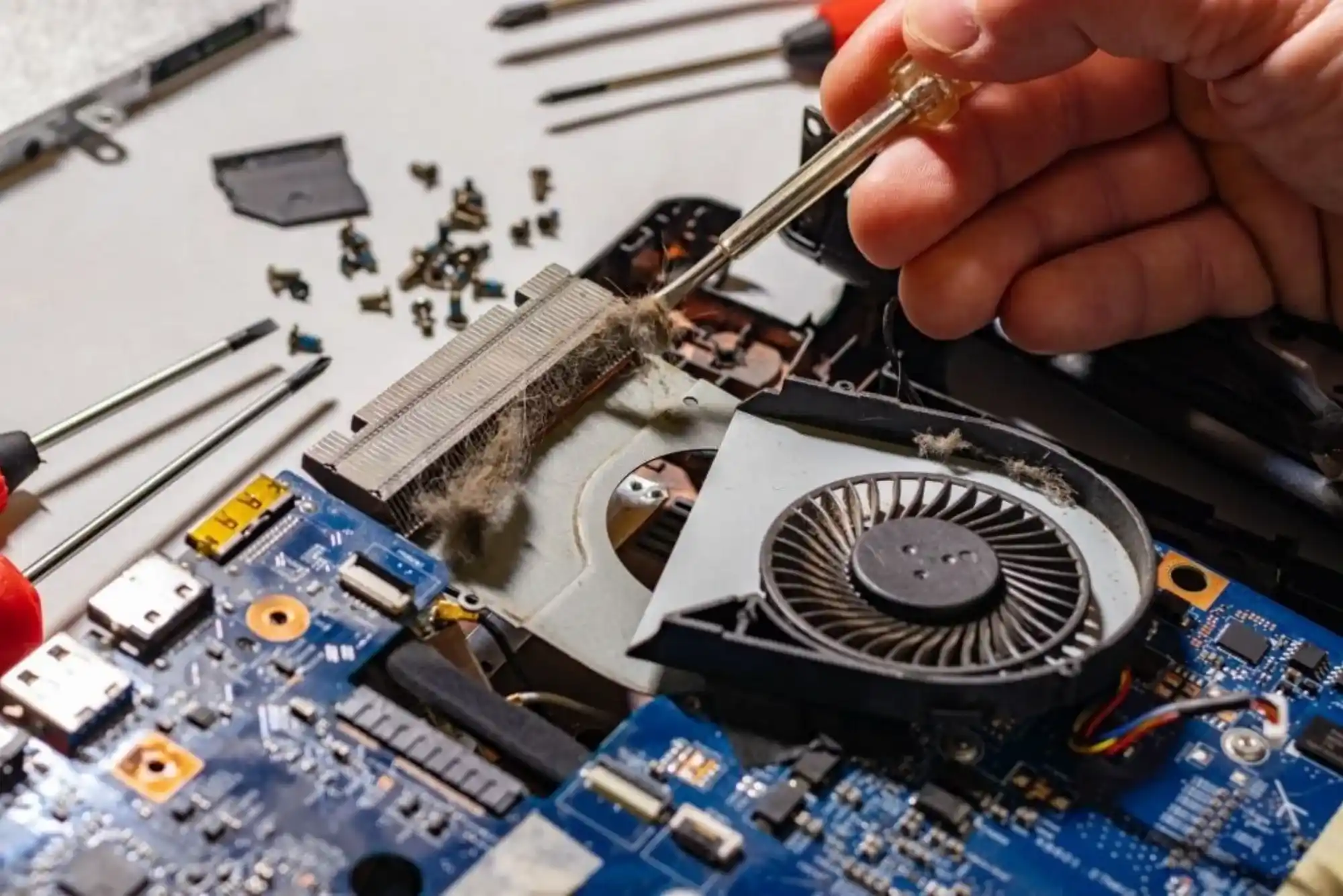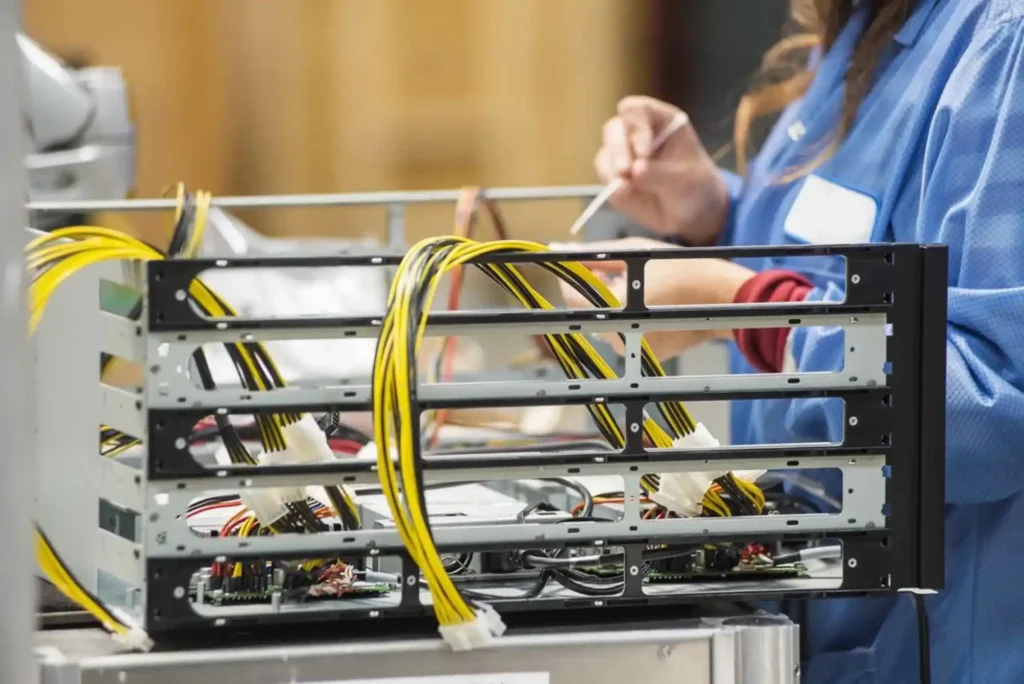Electronic devices are integral to modern life, powering everything from essential business operations to daily personal tasks. When unexpected events such as water leaks, fires, or environmental contaminants affect electronics, electronic restoration services are essential to bringing these damaged items back to full functionality. This article explores electronic restoration services in-depth, covering their process, benefits, types of damage they address, and their importance across various industries.
What Are Electronic Restoration Services?
Electronic restoration services refer to specialized techniques used to restore electronic devices and systems that have sustained physical or environmental damage. Restoration experts use advanced diagnostic tools and treatments to repair and revitalize affected equipment, preserving both the device’s physical components and functionality. In addition to saving money on costly replacements, these services are crucial for minimizing operational downtime and preserving data.
Types of Damage Addressed by Electronic Restoration Services
Electronic restoration services address multiple types of damage, each with specific protocols and tools:
Water Damage: Water exposure from leaks, floods, or humidity often leads to internal corrosion and short-circuiting. Restoration specialists use methods like dehumidification and drying chambers to carefully remove moisture and prevent further damage.
Fire and Smoke Damage: High temperatures and soot residue from fires can destroy circuitry and contaminate delicate components. Restoration services clean and decontaminate components to restore the equipment.
Environmental Contamination: Dust, mold, or chemicals in industrial settings can infiltrate electronics, impacting performance and longevity. Restoration services often incorporate cleaning and environmental controls to mitigate these effects.
Electrical Surge Damage: Power surges or lightning strikes can damage circuitry and electronic components. Restoration specialists can sometimes repair or replace damaged components to bring the device back to working order.
Physical Impact: Dropped or crushed devices often suffer from broken parts and misaligned components. Professionals use specialized techniques to realign and repair structural damage.
Why Electronic Restoration Services Are Important
Cost Savings
Electronic restoration services offer a cost-effective solution to replacing expensive equipment. Restoration experts can often salvage devices that may otherwise be considered irreparable. This option allows businesses to save on the costs associated with new purchases and installations.
Environmental Impact
Restoring electronics extends their lifecycle, which has a positive environmental impact by reducing the amount of electronic waste (e-waste). Repairing and reusing damaged electronics reduces landfill contributions and conserves resources needed for manufacturing new devices.
Data Preservation
Many electronic devices store crucial data. When devices are damaged, data retrieval can become challenging or impossible. Electronic restoration services incorporate data recovery techniques to extract or preserve essential information, safeguarding valuable information that may be lost with device replacement.
Minimizing Downtime
Restoration services minimize downtime, especially for industries heavily reliant on specialized electronic equipment, such as healthcare or manufacturing. Quick restoration translates to reduced interruptions in operations, keeping productivity and services running smoothly.
Key Processes in Electronic Restoration Services

Electronic restoration services use a blend of diagnostic, cleaning, repair, and recovery methods tailored to each type of damage. Here are some essential steps involved in professional restoration:
Assessment and Inspection
An initial assessment allows technicians to evaluate the extent of the damage. This step includes a thorough inspection of each component and a risk assessment to determine if restoration is feasible.
Disassembly and Cleaning
For water, smoke, or environmental contamination, technicians disassemble the device to clean internal components. For example, ultrasonic cleaning technology helps remove corrosion and contaminants, while specialized vacuums extract particulate matter without harming sensitive parts.
Dehumidification and Drying
In cases of water damage, devices undergo controlled drying in drying chambers or desiccant environments to ensure moisture is entirely removed. This careful process prevents further corrosion and short circuits.
Component Repair or Replacement
Technicians repair damaged parts, including replacing damaged circuit boards, capacitors, or wiring. Each component is tested to ensure compatibility and full functionality within the device.
Data Recovery and Preservation
Data retrieval techniques are essential in electronic restoration, particularly when hard drives or data-storing components are damaged. Restoration experts use specialized tools to retrieve as much data as possible and, if necessary, transfer it to a new storage medium.
Final Testing and Quality Assurance
Once repairs are completed, technicians conduct comprehensive testing to confirm that each device is fully operational. Quality assurance procedures ensure that restored devices meet performance standards before being returned to the customer.
Common Industries Relying on Electronic Restoration Services
Electronic restoration services are essential across various sectors, each with unique needs and dependencies on specialized equipment. Some key industries include:
Healthcare
Healthcare facilities rely on electronic restoration services to maintain and restore critical medical equipment, from diagnostic imaging machines to patient monitoring systems. Timely restoration ensures patient care continues with minimal disruption.
Manufacturing and Industrial
Industrial environments expose electronics to dust, moisture, and other contaminants. Restoring damaged electronic controls, sensors, and automation equipment prevents downtime and maintains productivity.
Financial and Data Centers
Data centers and financial institutions depend on secure, functional electronics to manage sensitive information. Electronic restoration services help prevent data loss and operational delays that can result from damaged servers, storage devices, or communication tools.
Education
Schools and universities rely on electronics for learning, research, and administrative tasks. Restoration services ensure these devices remain operational, supporting students and faculty.
Commercial and Retail
In the commercial sector, electronic devices like point-of-sale (POS) systems, security cameras, and inventory management systems are crucial. Restoration services keep business operations running smoothly by maintaining this essential equipment.
Choosing a Reliable Electronic Restoration Service Provider
Finding a dependable service provider is crucial for achieving the best restoration outcomes. Here are some factors to consider:
Expertise and Certifications
Look for providers with certifications in electronics repair and restoration, such as those from the Institute of Inspection, Cleaning, and Restoration Certification (IICRC) or the Electronics Technicians Association (ETA). Certified technicians are more likely to follow industry-standard procedures.
Range of Services
A reputable provider should offer a comprehensive range of services, including data recovery, component repair, environmental cleaning, and diagnostic testing. This flexibility ensures they can handle various damage types and provide complete restoration solutions.
Use of Advanced Equipment
Modern restoration tools, like ultrasonic cleaners, anti-static vacuums, and drying chambers, are vital for effective service. Ensure that the provider uses state-of-the-art equipment that supports safe and thorough restoration processes.
Turnaround Time and Reliability
Ask about the provider’s average turnaround time and read customer reviews to gauge their reliability. Fast and consistent service is critical in industries where electronic devices support time-sensitive operations.
Warranty and Post-Service Support
Choose providers that offer warranties on their work and provide post-service support. This ensures that any issues that arise after restoration can be addressed without additional costs.
Maintenance Practices to Prevent Future Damage
Preventive maintenance reduces the need for frequent electronic restoration services and prolongs the life of devices. Here are some practices that contribute to device longevity:
Regular Cleaning: Dust and debris accumulation inside electronics can lead to overheating. Schedule periodic cleanings to remove contaminants from devices.
Environmental Control: Maintain controlled humidity and temperature in environments where sensitive electronics are used. Avoid exposing devices to extreme temperatures or moisture.
Proper Storage: Store electronics in protective casings or cabinets when not in use. This helps to keep them safe from accidental spills, falls, or exposure to contaminants.
Surge Protection: Use surge protectors to shield devices from power fluctuations and lightning strikes, which can cause severe internal damage.
Routine Inspections: Regularly inspect electronic devices for wear and tear, loose connections, or any signs of damage. Early detection prevents minor issues from escalating into costly repairs.
Electronic restoration services play an essential role in recovering and preserving devices that have suffered from water, fire, environmental contamination, electrical surges, and physical impact. These services provide numerous benefits, including cost savings, environmental sustainability, and data protection, which make them invaluable for businesses and individuals alike. The advanced methods used in electronic restoration allow experts to restore equipment, ensuring continuity and reducing the financial and operational impacts of unexpected device damage.








